The Ultimate Guide To Companion Planting For Peas And Beans
The Ultimate Guide to Companion Planting for Peas and Beans
Peas and beans are two of the most popular vegetables to grow in the home garden. They are relatively easy to care for, and they provide a delicious and nutritious harvest. But did you know that you can improve your yields and even protect your plants from pests and diseases by companion planting?
Companion planting is the practice of planting certain plants together in order to benefit each other. Some plants attract beneficial insects, while others help to repel pests. Some plants improve the soil quality, while others provide shade or support.
In this guide, we will discuss the best companion plants for peas and beans. We will also cover some of the benefits of companion planting, and how to choose the right companions for your garden.
Benefits of Companion Planting
There are many benefits to companion planting. Some of the most common benefits include:
- Increased yields. Companion plants can help to improve the yields of your peas and beans. This is because they can attract beneficial insects, deter pests, and improve the soil quality.
- Reduced pest and disease problems. Companion plants can help to repel pests and diseases, which can help to keep your peas and beans healthy.
- Improved soil quality. Companion plants can help to improve the soil quality by adding nutrients, breaking down organic matter, and suppressing weeds.
- Attract beneficial insects. Companion plants can attract beneficial insects, such as ladybugs, hoverflies, and parasitic wasps. These insects help to control pests, which can benefit your peas and beans.
- Create a more attractive garden. Companion planting can create a more attractive garden by adding variety and interest.
Choosing Companion Plants for Peas and Beans
When choosing companion plants for peas and beans, there are a few things to keep in mind. First, you need to consider the needs of your peas and beans. They need full sun and well-drained soil. They also need to be planted in a location that is protected from wind.
Once you have considered the needs of your peas and beans, you can start to choose companion plants. Some good companion plants for peas and beans include:
- Carrots: Carrots help to repel pests such as aphids and carrot rust flies.
- Cucumbers: Cucumbers help to attract beneficial insects such as ladybugs and hoverflies.
- Dill: Dill helps to repel pests such as aphids, cabbage moths, and spider mites.
- Lettuce: Lettuce helps to suppress weeds and improve the soil quality.
- Marigolds: Marigolds help to repel pests such as nematodes, aphids, and whiteflies.
- Onions: Onions help to repel pests such as aphids, carrot rust flies, and root maggots.
- Parsley: Parsley helps to attract beneficial insects such as ladybugs and hoverflies.
- Potatoes: Potatoes help to repel pests such as Colorado potato beetles and nematodes.
Planting Peas and Beans with Companion Plants
When planting peas and beans with companion plants, there are a few things to keep in mind. First, you need to plant the companion plants close enough to the peas and beans so that they can benefit each other. However, you don't want to plant them so close that they compete for resources.
Second, you need to consider the growth habits of the companion plants. Some companion plants, such as marigolds, will grow taller than peas and beans. In this case, you will need to plant the marigolds behind the peas and beans so that they don't shade them out.
Conclusion
Companion planting is a great way to improve the yields and health of your peas and beans. By choosing the right companion plants, you can attract beneficial insects, deter pests, and improve the soil quality. This will help to ensure that you have a bountiful harvest of delicious and nutritious peas and beans.
Peas and beans are two of the most popular vegetables to grow in the garden, and for good reason. They're both delicious, nutritious, and relatively easy to care for. But did you know that there are certain plants that can help peas and beans grow even better?
That's right, companion planting is a great way to boost the yields of your pea and bean plants. By planting them near certain other plants, you can help to attract beneficial insects, deter pests, and improve the overall health of your garden.
So what are some of the best companion plants for peas and beans? Here are a few suggestions:
- Carrots: Carrots help to repel pests like carrot flies and root maggots, which can be a problem for beans.
- Cucumbers: Cucumbers and peas are both vining plants, so they can be planted together to save space. They also help to attract beneficial insects, like ladybugs, which can help to control pests.
- Lettuce: Lettuce is a good companion plant for peas because it helps to suppress weeds. It also doesn't compete with peas for nutrients or water.
- Marigolds: Marigolds are a popular companion plant for many vegetables, including peas and beans. They help to repel pests like aphids and whiteflies.
If you're interested in learning more about companion planting for peas and beans, I recommend visiting Gardenia Inspiration. This website has a wealth of information on the topic, including a list of specific plants that are good companions for peas and beans.
FAQ of companion plants for peas and beans
1. What are the best companion plants for peas and beans?
Some of the best companion plants for peas and beans include:
- Carrots: Carrots and beans can be planted together because they have different root systems. Carrots grow underground, while beans grow above ground. This means that they won't compete for resources and can actually help each other thrive.

- Celery: Celery and beans are both nitrogen-fixing plants, which means that they can help to enrich the soil. This can benefit both plants and can lead to a better harvest.
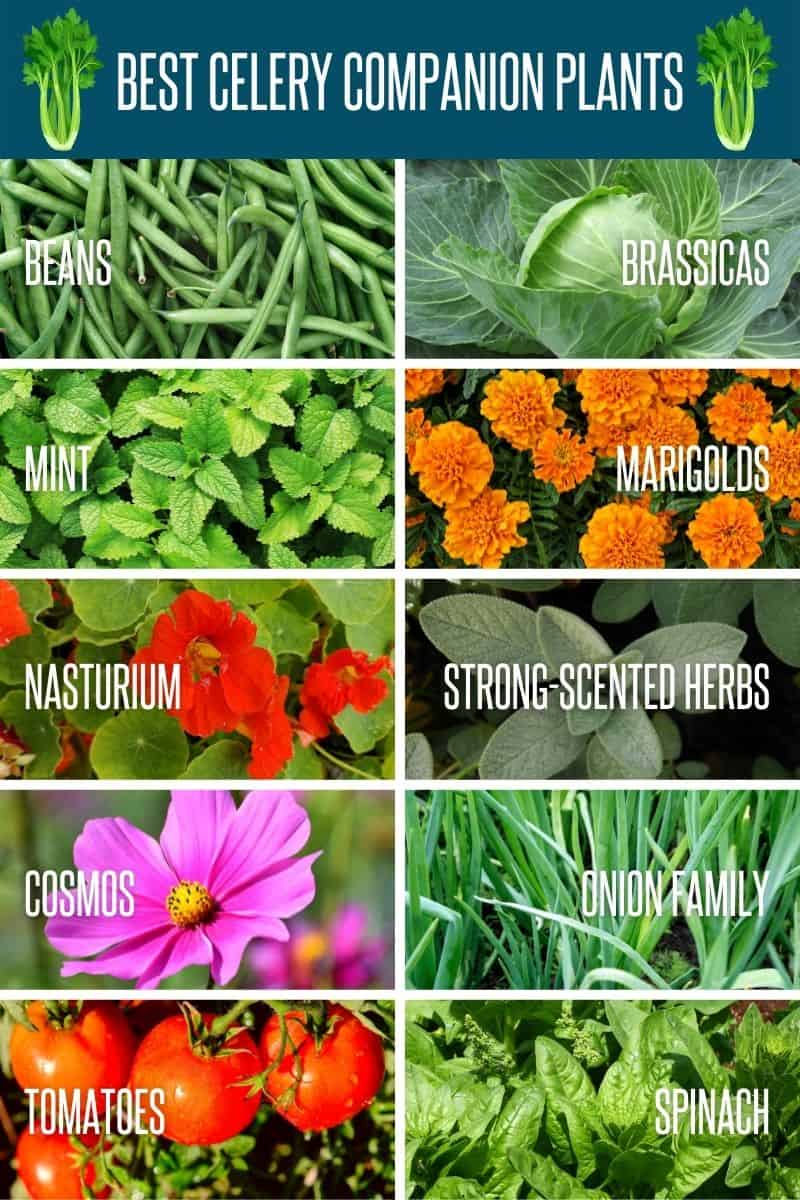
- Corn: Corn can provide shade for peas, which can help to protect them from the sun and pests. In return, the peas can help to improve the soil quality for the corn.

- Marigolds: Marigolds can help to repel pests, such as aphids and beetles, from beans and peas. This can help to keep your plants healthy and free of pests.
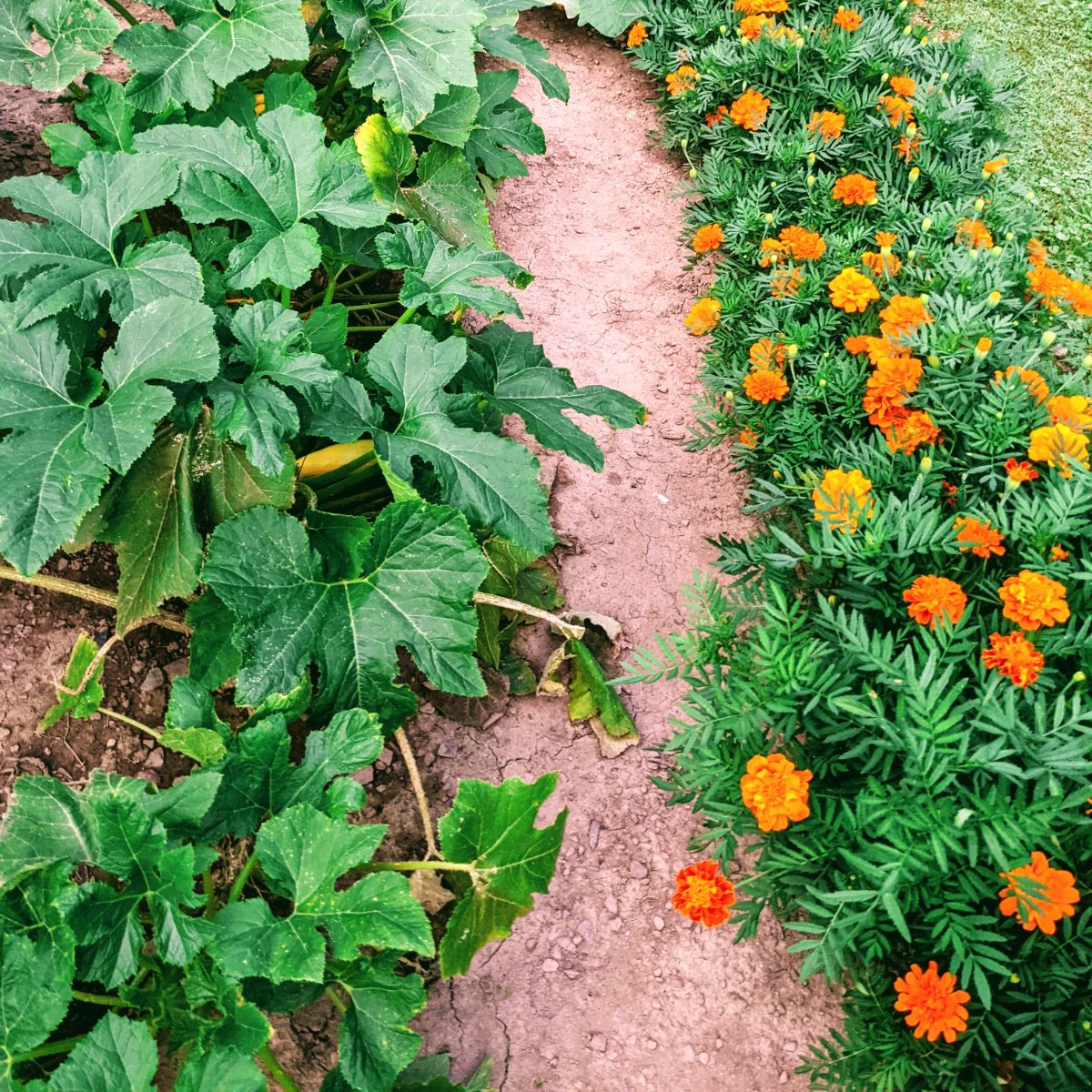
- Nasturtiums: Nasturtiums are another good choice for companion plants for peas and beans. They can help to repel pests and can also attract beneficial insects, such as ladybugs.

2. What are some plants that should not be planted near peas and beans?
Some plants that should not be planted near peas and beans include:
- Potatoes: Potatoes and beans compete for the same nutrients, so planting them together can lead to nutrient deficiency in both plants.
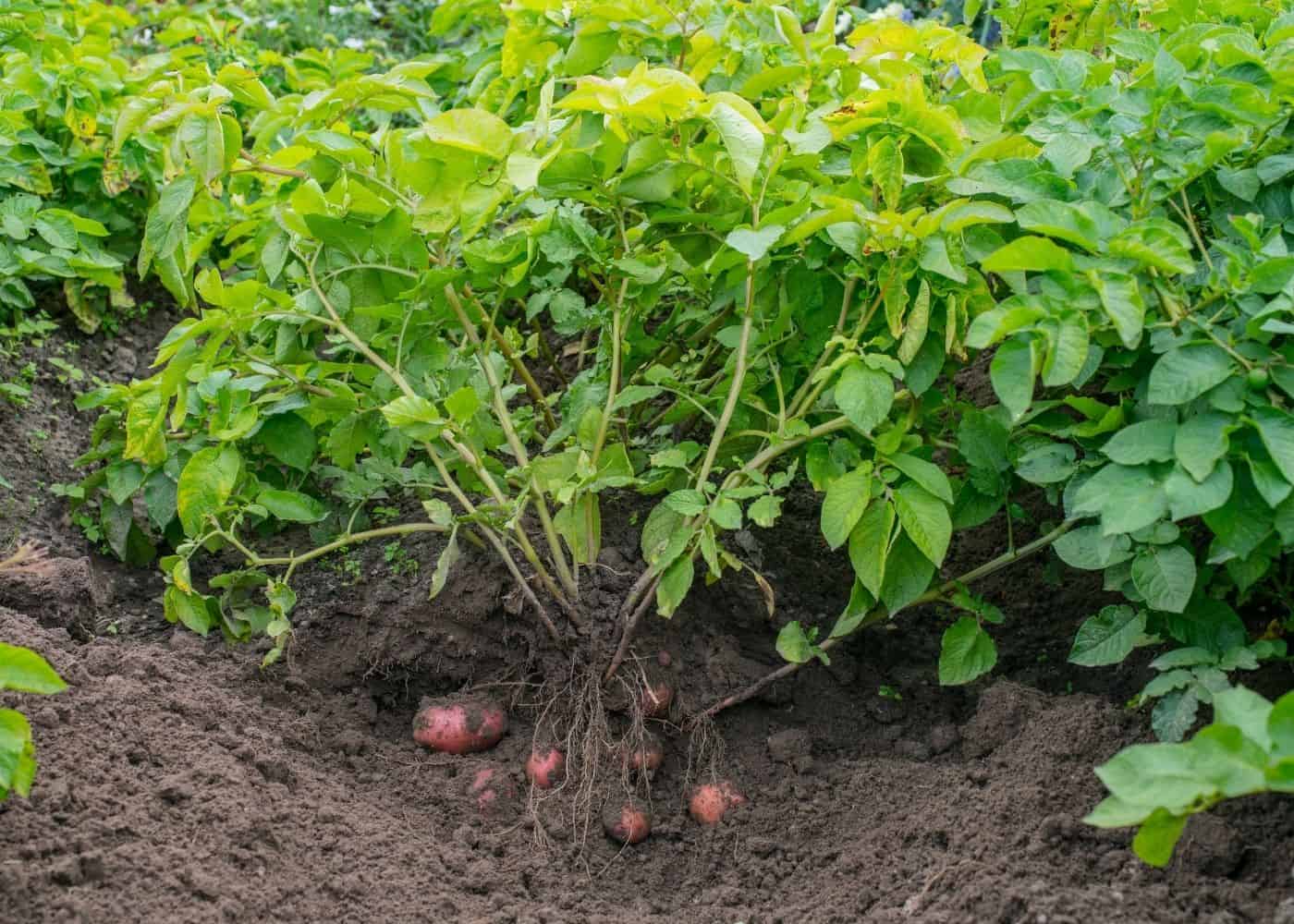
- Tomatoes: Tomatoes and beans can attract the same pests, so planting them together can make it more difficult to control pests.
- Cabbage family: The cabbage family, which includes broccoli, cauliflower, and Brussels sprouts, can attract pests that also target peas and beans. Planting them together can make it more difficult to control pests.
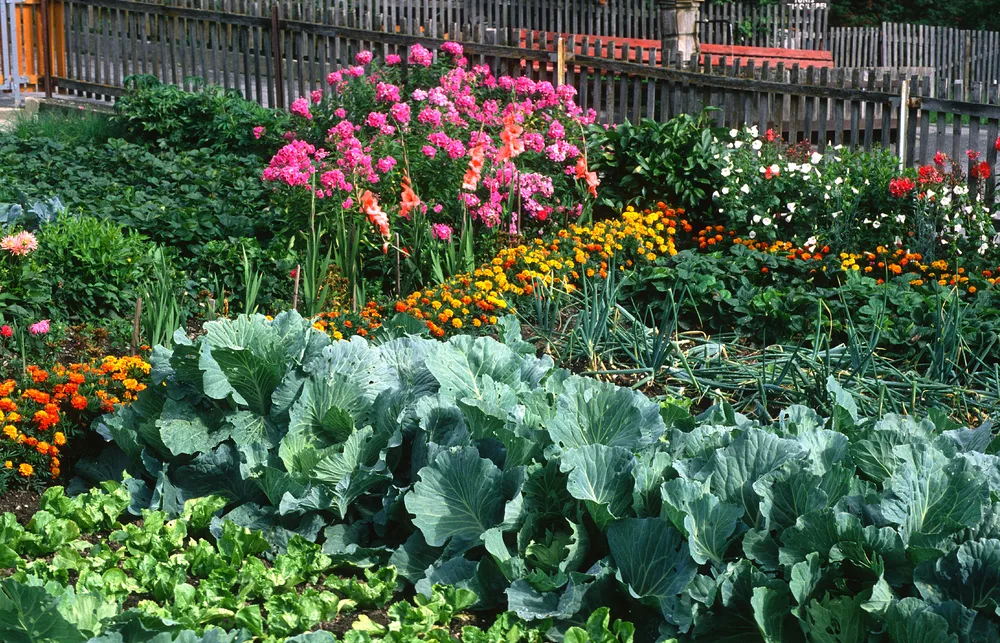
3. How do companion plants help peas and beans?
Companion plants can help peas and beans in a number of ways, including:
- Attracting beneficial insects: Some companion plants, such as marigolds and nasturtiums, attract beneficial insects, such as ladybugs and lacewings, which help to control pests.
- Repelling pests: Other companion plants, such as chives and garlic, have strong scents that can repel pests.
- Improving soil quality: Some companion plants, such as beans and peas, are nitrogen-fixing plants, which means that they can help to enrich the soil with nitrogen. This can benefit both plants and can lead to a better harvest.
- Shading plants: Some companion plants, such as corn, can provide shade for peas, which can help to protect them from the sun and pests.
4. What is the best way to plant companion plants with peas and beans?
The best way to plant companion plants with peas and beans is to choose plants that have similar growing requirements. This will help to ensure that both plants will thrive in the same conditions.
It is also important to plant the companion plants at the same time as the peas and beans. This will help to ensure that both plants have a chance to establish themselves before pests or diseases become a problem.
5. What are some other benefits of companion planting?
In addition to helping to improve the growth and health of peas and beans, companion planting can also provide a number of other benefits, including:
- Reduced pest and disease problems: Companion plants can help to attract beneficial insects that prey on pests, as well as repel pests with their strong scents. This can help to reduce the need for pesticides, which can be harmful to the environment and to human health.
- Improved soil quality: Some companion plants, such as beans and peas, are nitrogen-fixing plants, which means that they can help to enrich the soil with nitrogen. This can benefit all of the plants in the garden, not just the peas and beans.
- Increased biodiversity: Companion planting can help to increase the biodiversity of the garden, which can benefit both plants and animals.
Image of companion plants for peas and beans
5 different images of companion plants for peas and beans from Pinterest:
- Nasturtiums: Nasturtiums are a great companion plant for peas and beans because they help to deter pests, such as aphids and whiteflies. They also attract pollinators, which help to improve the pollination of peas and beans.
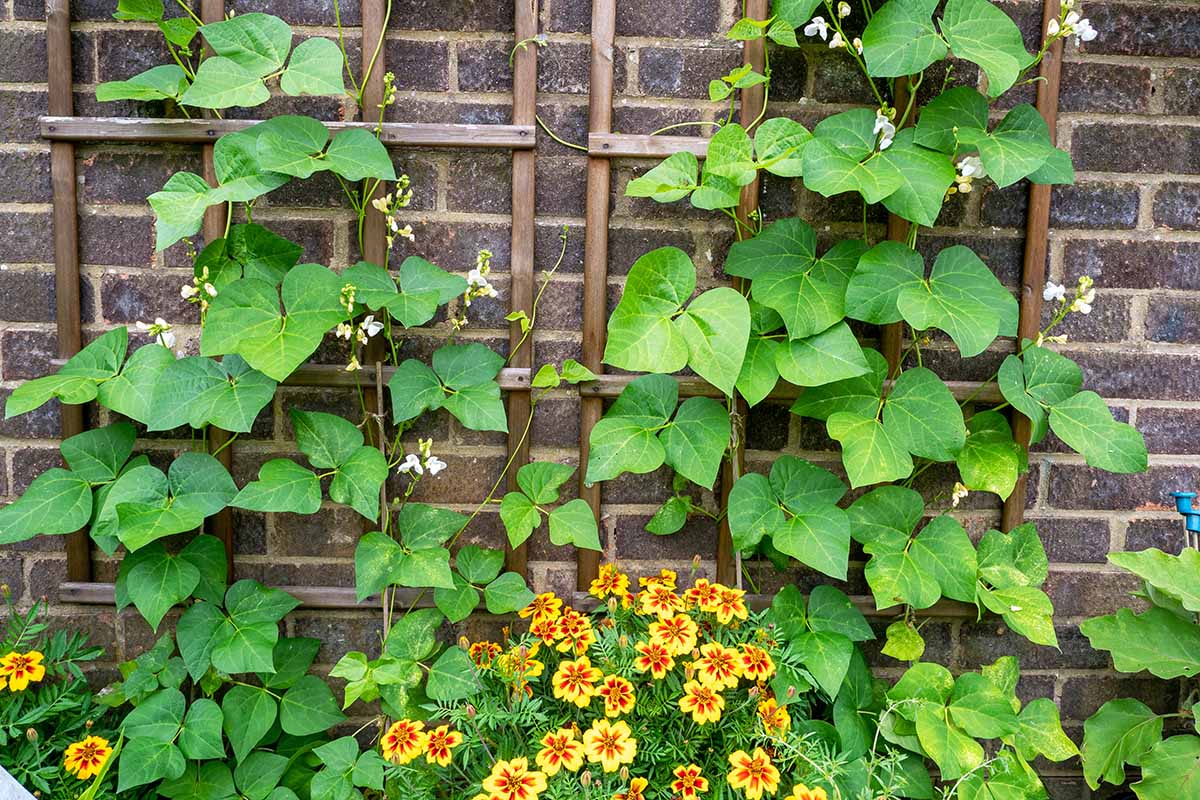
- Marigolds: Marigolds are another great companion plant for peas and beans. They help to repel nematodes, which are soil-dwelling pests that can damage the roots of peas and beans.

- Lettuce: Lettuce is a good companion plant for peas and beans because it helps to suppress weeds. It also provides shade for the roots of peas and beans, which can help to prevent them from drying out.
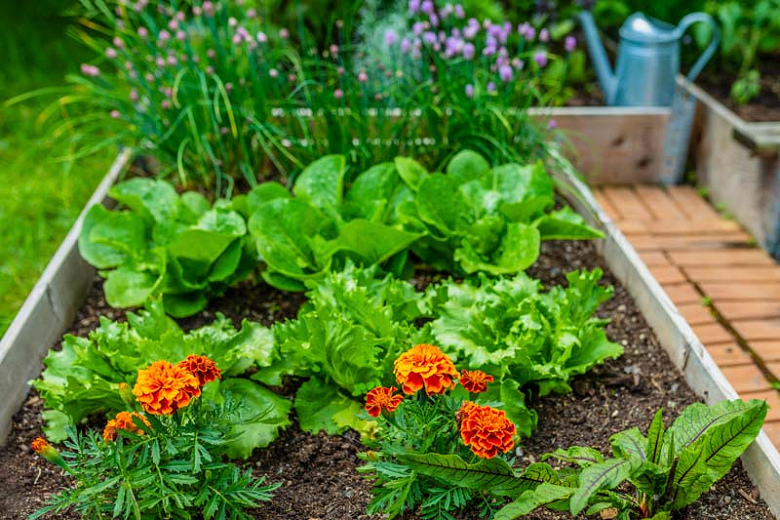
- Carrots: Carrots are a good companion plant for peas and beans because they help to improve the flavor of the peas and beans. They also help to deter the carrot fly, which is a pest that can damage carrots.
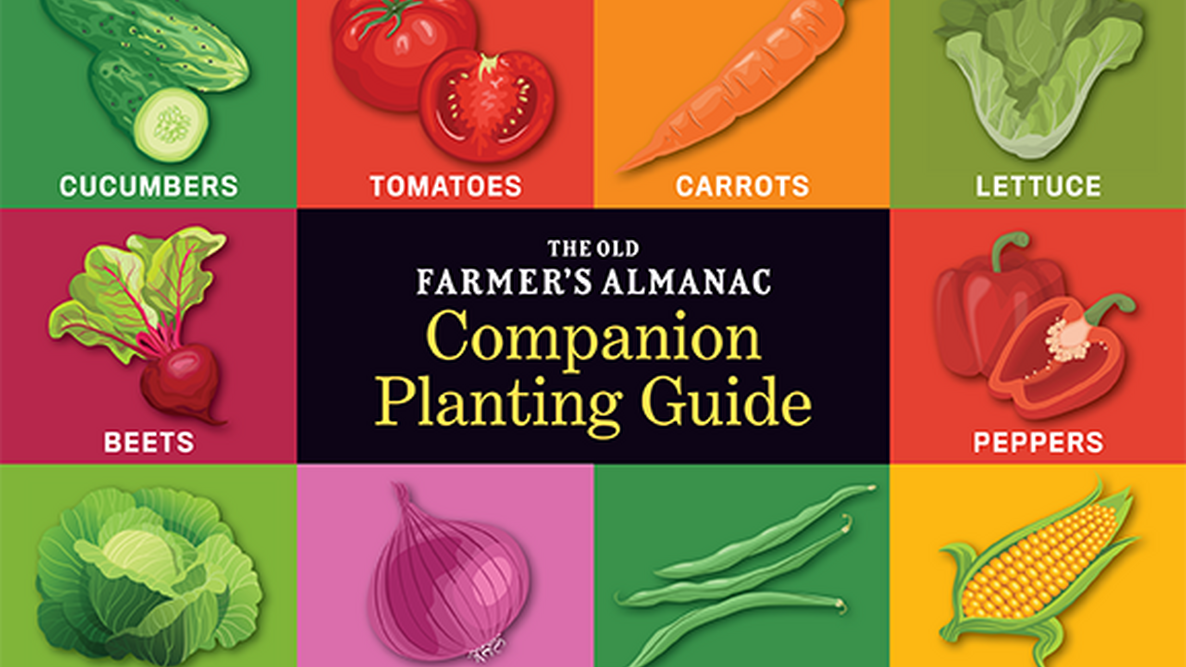
- Cucumbers: Cucumbers are a good companion plant for peas and beans because they help to attract pollinators. They also help to keep the soil moist, which can be beneficial for peas and beans.

Post a Comment for "The Ultimate Guide To Companion Planting For Peas And Beans"